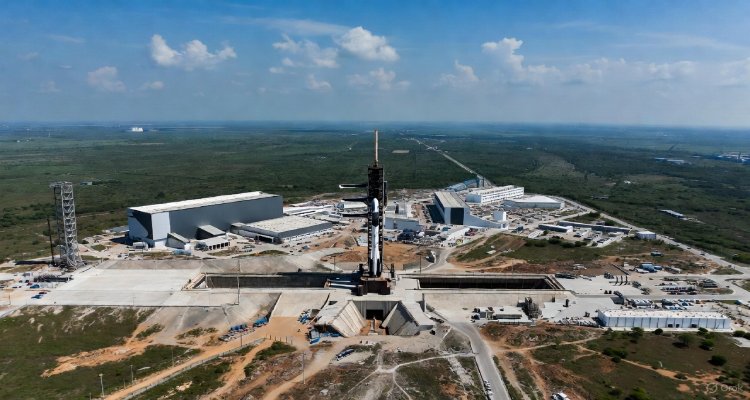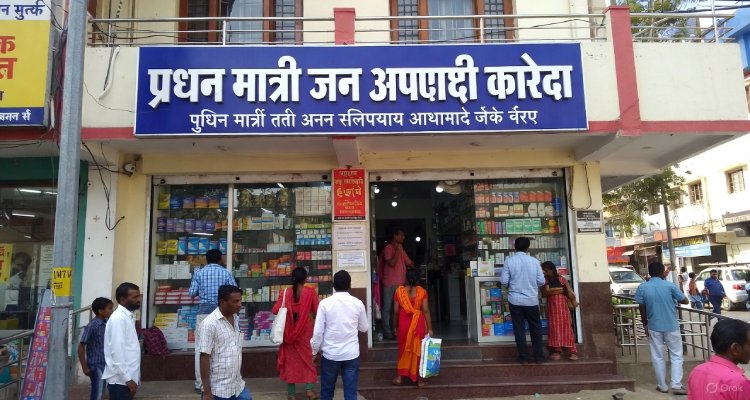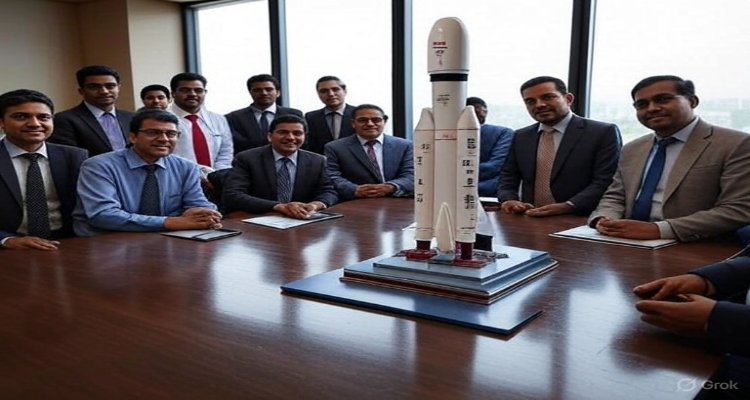ISRO Transfers SSLV Technology to HAL: A Milestone in India’s Space Commercialization
ISRO signs technology transfer deal with HAL for production of Small Satellite Launch Vehicles (SSLVs), boosting India’s space commercialization.
A New Chapter in India’s Space Ambitions
India’s space sector marked a historic milestone on September 10, when the Indian Space Research Organisation (ISRO) signed a formal agreement with Hindustan Aeronautics Limited (HAL) for the transfer of Small Satellite Launch Vehicle (SSLV) technology. The deal not only represents ISRO’s 100th technology transfer facilitated by the Indian National Space Promotion and Authorisation Centre (INSPACe) but also signals a critical step toward commercializing India’s next-generation space solutions.
Background: The Rise of SSLV
The Small Satellite Launch Vehicle is ISRO’s latest innovation designed to serve the growing global demand for small-satellite launches.
- Payload Capacity: Capable of carrying 10–500 kg satellites to a 500 km orbit.
- Design: A three-stage vehicle with all solid propulsion stages and a liquid-based velocity trimming module.
- Flexibility: Can launch mini, micro, and nanosatellites on a “launch-on-demand” basis.
- Efficiency: Offers low-cost access to space, quick turnaround times, and minimal infrastructure needs.
SSLV’s adaptability makes it especially attractive for startups, universities, and commercial operators who require frequent, cost-effective launches. The vehicle can be launched from Sriharikota for inclined missions and soon from Kulasekarapattinam, Tamil Nadu, for polar launches.
The Agreement: What It Means
The Bengaluru-based signing ceremony brought together ISRO, HAL, NewSpace India Limited (NSIL), and INSPACe. Under the pact:
- Technology Transfer Timeline: The entire process will be completed within 24 months.
- Training & Support: ISRO will train HAL engineers and provide technical guidance on SSLV’s design and readiness-to-flight aspects.
- Commercial Role for HAL: Once the transfer is complete, HAL will independently produce SSLVs for both domestic and international markets.
This collaboration is being viewed as a pivotal moment in India’s deep-tech and space commercialization journey.
Expert Insight and Industry Sentiment
Industry analysts see the agreement as a win-win for both organizations.
- Dr. A. Sivathanu Pillai, former ISRO scientist, noted: “The SSLV program has the potential to become India’s Falcon 1 moment. By involving HAL, ISRO ensures that the technology can scale rapidly and meet commercial demand.”
- Space industry startups also welcome the move, pointing out that affordable, quick-to-deploy launches are critical for the success of Earth observation, IoT, and communication satellite businesses.
- Globally, the demand for small-satellite launches is expected to rise sharply, with thousands of satellites planned by private and government players in the coming decade.
Impact and Implications
The ISRO-HAL partnership carries several implications for India’s space ecosystem:
- Boost for Commercial Space Industry: HAL’s production capability can make India a key global player in the small-satellite launch market.
- Strategic Independence: Reduces India’s reliance on foreign launch providers for small payloads.
- Support for Startups: Startups in India’s burgeoning space-tech sector will gain easier and cheaper access to space.
- Global Competitiveness: With SSLV, India joins the ranks of countries offering on-demand satellite launches, competing with private giants like SpaceX’s rideshare missions and Rocket Lab.
- National Security: SSLV’s quick turnaround launch capability enhances India’s ability to deploy satellites for defense and disaster management in record time.
Looking Ahead
The transfer of SSLV technology is more than a business agreement—it is a strategic move to align India’s space program with its vision of becoming a global space hub. Within the next two years, HAL is expected to begin full-scale SSLV production, supported by ISRO’s technical know-how.
As India moves deeper into space commercialization, this pact symbolizes the country’s determination to balance innovation, self-reliance, and global competitiveness. For India’s small towns, universities, startups, and even international partners, the SSLV promises to make space more accessible than ever before.
Conclusion
The ISRO-HAL SSLV technology transfer is a landmark step in India’s space journey—one that blends scientific ingenuity with industrial strength. As HAL prepares to roll out SSLVs independently, India edges closer to becoming not just a participant, but a leader in the global small-satellite launch market.
Disclaimer : This article is for informational purposes only. The views expressed include insights based on available information and expert commentary.











